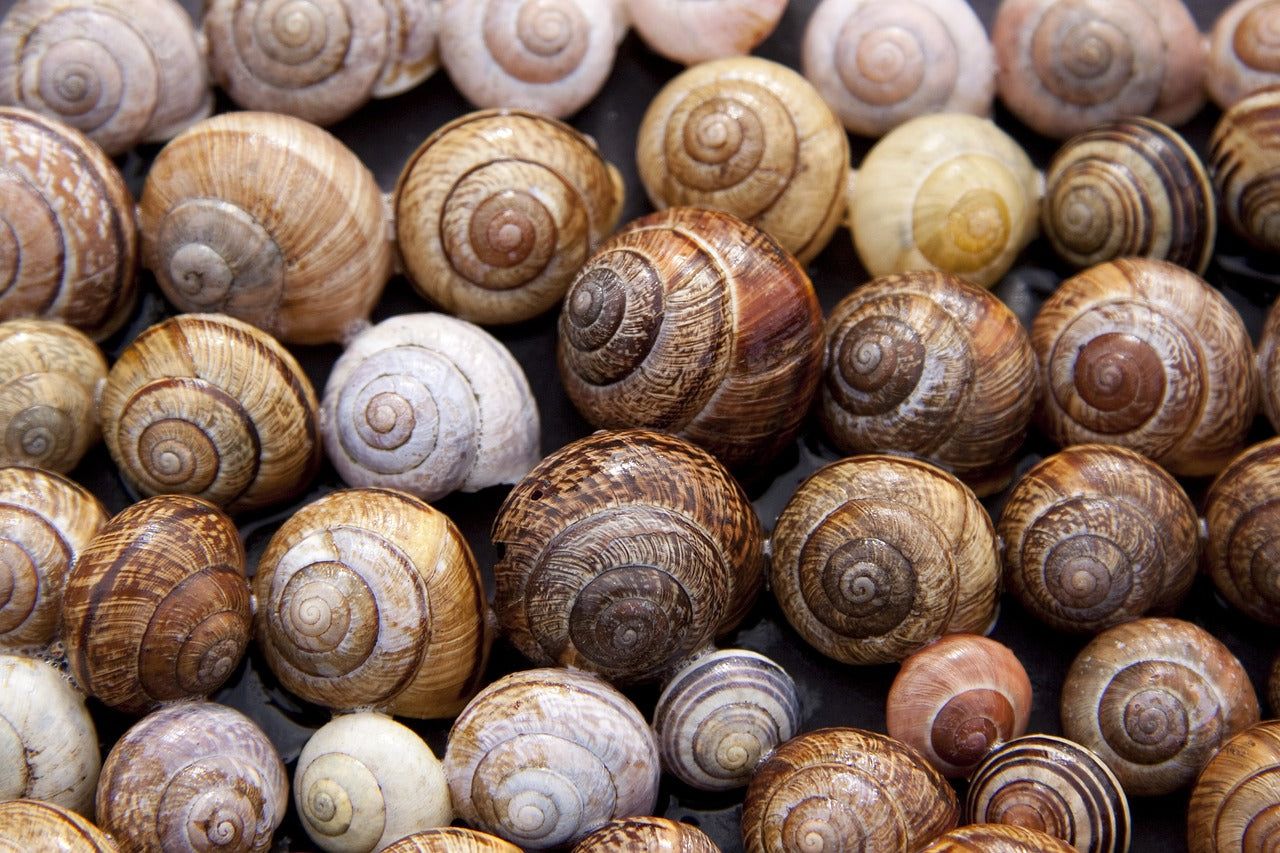
What are lumache? Lumache, also known as snails, are fascinating creatures with a unique place in nature and cuisine. These mollusks have coiled shells and move using a muscular foot. Found in various environments, from gardens to forests, they play a crucial role in the ecosystem by breaking down decaying matter. Lumache are also a delicacy in many cultures, especially in French cuisine where they are called "escargot." Their slow, deliberate movement has made them a symbol of patience and persistence. Whether you find them in your backyard or on a gourmet plate, lumache are truly remarkable.
What are Lumache?
Lumache, a type of pasta, is shaped like a snail shell. This unique shape makes it perfect for holding sauces and other ingredients. Let's dive into some fascinating facts about this delightful pasta.
- Lumache means "snails" in Italian, reflecting its snail-shell shape.
- This pasta is often used in hearty dishes due to its ability to hold thick sauces.
- Lumache's shape allows it to trap bits of meat, vegetables, and cheese, making every bite flavorful.
- It is typically made from durum wheat semolina, which gives it a firm texture.
- Lumache is popular in Southern Italy, where it is often paired with rich tomato-based sauces.
History of Lumache
The history of lumache pasta is as rich as its flavor. This pasta has been a staple in Italian cuisine for centuries.
- Lumache dates back to ancient Rome, where it was enjoyed by the elite.
- The pasta was originally handmade, with each piece crafted to resemble a snail shell.
- In the 19th century, lumache became more widely available due to advancements in pasta-making technology.
- Traditional recipes often included lumache in baked dishes, known as "pasta al forno."
- Today, lumache is enjoyed worldwide, with many variations in recipes and preparation methods.
Cooking with Lumache
Cooking lumache can be a fun and rewarding experience. Its unique shape makes it versatile in the kitchen.
- Lumache pairs well with both creamy and chunky sauces.
- It is often used in baked pasta dishes, where its shape helps hold the ingredients together.
- Cooking time for lumache is typically around 10-12 minutes, depending on the brand and thickness.
- This pasta can be stuffed with various fillings, such as ricotta cheese or ground meat.
- Lumache is also great in cold pasta salads, adding texture and visual appeal.
Nutritional Benefits of Lumache
Lumache pasta offers several nutritional benefits, making it a healthy addition to your diet.
- It is a good source of complex carbohydrates, providing sustained energy.
- Lumache contains essential nutrients like iron and B vitamins.
- When made from whole wheat, it offers additional fiber and protein.
- This pasta is low in fat, making it a heart-healthy choice.
- Pairing lumache with vegetables and lean proteins can create a balanced and nutritious meal.
Fun Facts about Lumache
Here are some fun and lesser-known facts about lumache pasta that might surprise you.
- Lumache is sometimes called "lumaconi" when referring to larger-sized shells.
- The pasta's shape is inspired by the natural spiral of a snail shell, which is considered a symbol of patience and perseverance.
- Lumache is often used in festive dishes during Italian holidays and celebrations.
- Some chefs use lumache in creative ways, such as in soups or as a base for pasta salads.
- The ridges on lumache help sauces cling better, enhancing the overall flavor of the dish.
Popular Lumache Recipes
Lumache can be used in a variety of delicious recipes. Here are some popular dishes that feature this unique pasta.
- Baked Lumache with Cheese: A comforting dish with layers of pasta, cheese, and marinara sauce.
- Lumache alla Vodka: A creamy tomato sauce with a splash of vodka, perfect for a cozy dinner.
- Stuffed Lumache: Filled with ricotta and spinach, then baked with a rich tomato sauce.
- Lumache with Pesto: Tossed with fresh basil pesto, cherry tomatoes, and Parmesan cheese.
- Lumache Soup: A hearty soup with vegetables, beans, and lumache pasta.
Tips for Buying and Storing Lumache
To get the most out of your lumache pasta, follow these tips for buying and storing it.
- Look for lumache made from 100% durum wheat semolina for the best texture and flavor.
- Store dry lumache in a cool, dry place in an airtight container to maintain freshness.
- Cooked lumache can be stored in the refrigerator for up to five days.
- When reheating lumache, add a splash of water or sauce to prevent it from drying out.
The Final Scoop on Lumache
Lumache, those quirky little snails, have more to them than meets the eye. From their unique anatomy to their surprising culinary uses, these creatures are fascinating. They play a crucial role in ecosystems by breaking down organic matter and serving as a food source for various animals. Their slime, while a bit gross, has amazing properties used in skincare products. Plus, they’ve been a part of human diets for centuries, especially in French cuisine.
Understanding lumache helps us appreciate the diversity of life and the intricate balance of nature. Next time you spot one in your garden, remember they’re not just pests but important players in the environment. Whether you’re a nature enthusiast, a foodie, or just curious, knowing these facts about lumache adds a bit of wonder to the world around us.
Was this page helpful?
Our commitment to delivering trustworthy and engaging content is at the heart of what we do. Each fact on our site is contributed by real users like you, bringing a wealth of diverse insights and information. To ensure the highest standards of accuracy and reliability, our dedicated editors meticulously review each submission. This process guarantees that the facts we share are not only fascinating but also credible. Trust in our commitment to quality and authenticity as you explore and learn with us.
